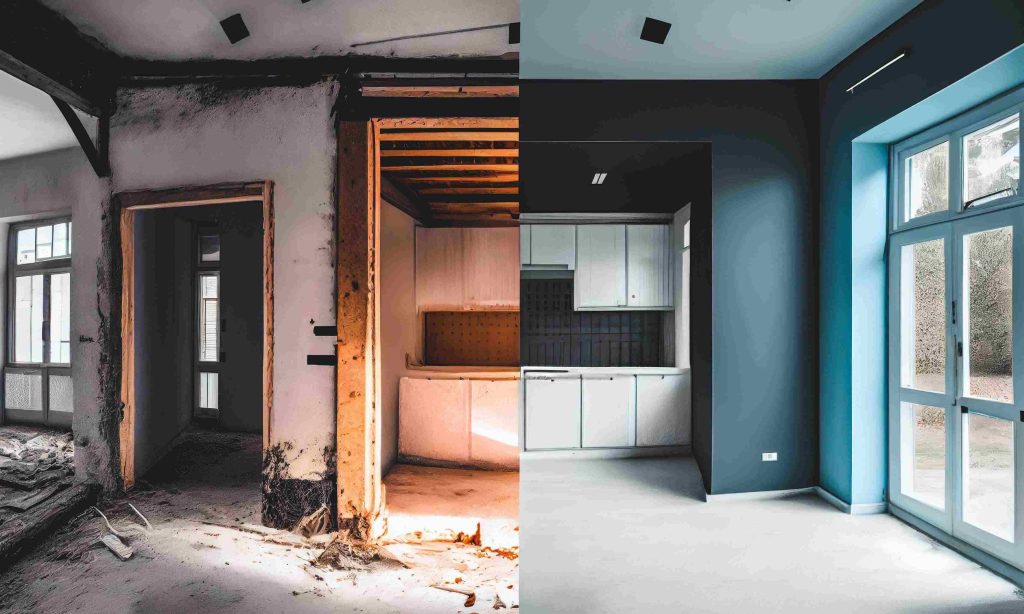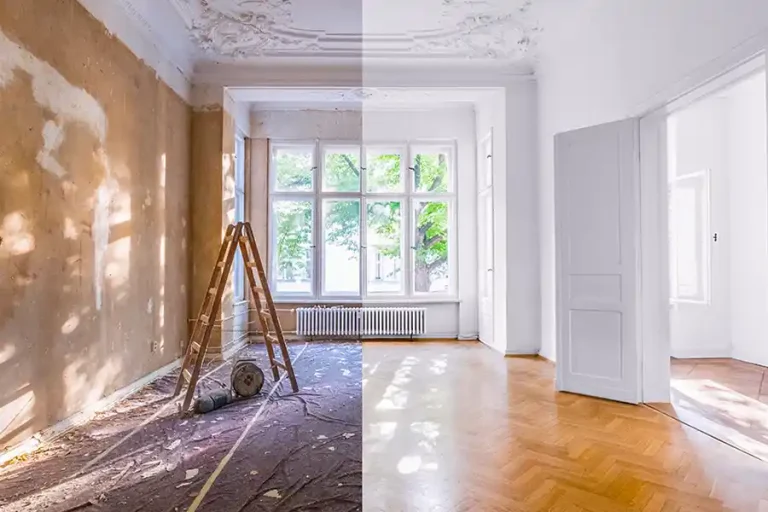
Introduction to Sustainable Building Renovation
Renovating buildings with sustainability in mind is essential in today’s world. It reduces environmental impact and enhances the longevity and efficiency of structures. Sustainable renovations can transform outdated buildings into eco-friendly, cost-effective spaces.
Benefits of Sustainable Renovation
Environmental Impact
Sustainable renovations significantly reduce carbon footprints. Using eco-friendly materials and energy-efficient systems minimizes waste and emissions, conserving natural resources and protecting ecosystems.
Economic Advantages
Eco-friendly building renovations can be cost-effective in the long run. Energy-efficient systems lower utility bills, while durable materials reduce maintenance costs. Sustainable buildings also have higher market value, offering a good return on investment.
Health and Well-being
Renovating with sustainable materials improves indoor air quality. Natural lighting and ventilation systems enhance occupants’ well-being. These elements create healthier living and working environments.
Key Strategies for Sustainable Building Renovation
Energy Efficiency
Upgrade Insulation: Proper insulation reduces energy consumption. It maintains indoor temperatures, cutting heating and cooling costs.
Install Energy-Efficient Windows: These windows reduce heat loss and gain. They improve indoor comfort and lower energy bills.
Use Renewable Energy Sources: Incorporating solar panels and wind turbines generates clean energy, reducing reliance on fossil fuels.
Water Conservation
Low-Flow Fixtures: Install low-flow toilets, showers, and faucets. They significantly reduce water usage without sacrificing performance.
Rainwater Harvesting Systems: Collect and reuse rainwater for non-potable purposes. This conserves potable water and reduces utility bills.
Greywater Recycling: Recycle greywater from sinks and showers for irrigation. This reduces fresh water consumption.
Sustainable Materials
Recycled and Reclaimed Materials: Use materials like reclaimed wood and recycled metal. They decrease the need for fresh resources and minimize waste.
Low VOC Paints and Finishes: These products improve indoor air quality. They discharge rarer harmful chemicals into the environment.
Sustainable Flooring: Choose bamboo, cork, or recycled materials for flooring. They are eco-friendly and durable options.
Smart Building Technologies
Automated Systems: Implement smart thermostats and lighting controls. They optimize energy usage and enhance convenience.
Energy Monitoring Tools: For green building renovation, use tools to track energy consumption. They help identify areas for improvement and promote efficient energy use.
Green Roofs and Walls
Green Roofs: Install vegetation on rooftops. They provide insulation, reduce stormwater runoff, and improve air quality.
Living Walls: Create vertical gardens on building exteriors. They offer insulation, improve aesthetics, and promote biodiversity.
Conclusion
Sustainable building renovation is not just a trend; it’s a necessity. By implementing these strategies, you can create eco-friendly, cost-effective, and healthy spaces. Embrace sustainability and transform buildings for a better future.

